Why empowering young people is crucial to any sustainable recovery – and could be the key to building resilient, regenerative societies.
In the Kutupalong refugee camp in Dhaka, Bangladesh, 14-year old Rashed gives a video tour of his environment: the sandy stretches where they used to play football, the spaces where people used to sit and chat, his mother’s cooking for the feast of Iftar. He’s not complaining: he’s asserting the importance of wearing a mask and keeping a distance. So far, this lockdown diary has had over 2.7 million views. Also in Dhaka, an enthusiastic learning coordinator and game maker shared a video demo of how you can recycle soda bottles to make sanitiser dispensers, getting over 300,000 views.
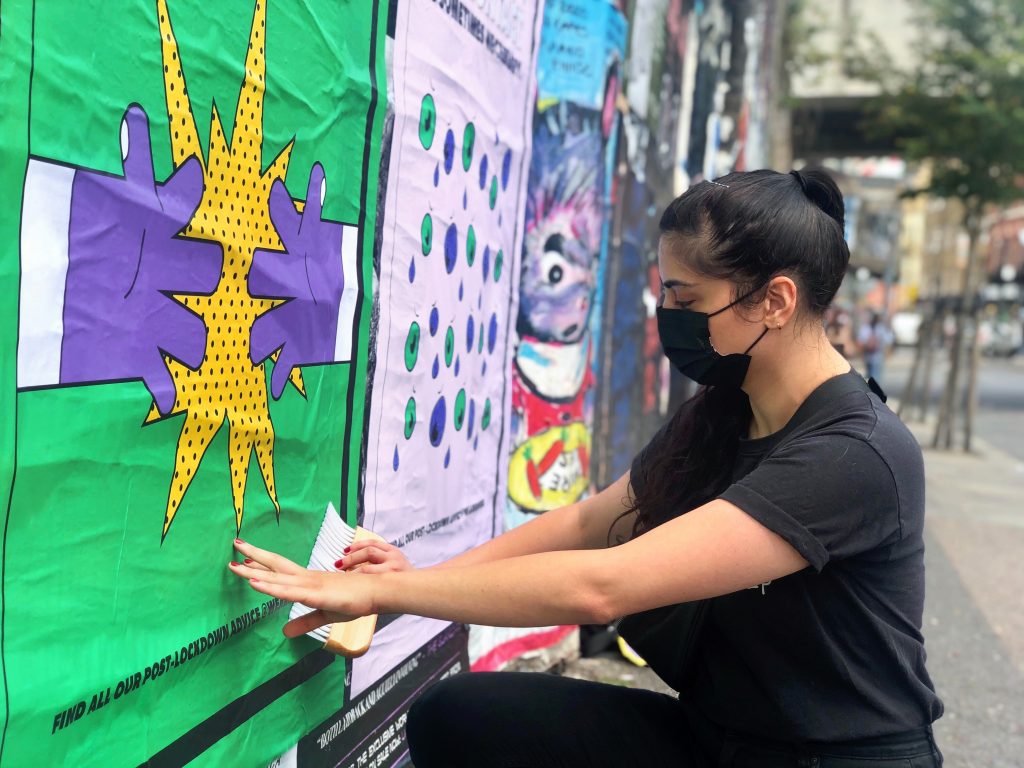
In Nairobi, Kenya, the graffiti artist Brian Musasia, aka Msale, has been working with community groups to spread awareness about the virus through street art. Their creativity has inspired other young people to make and distribute masks in the area of Mukuru – one of the capital’s largest informal settlements.

The OECD has documented some of the ways in which youth-led organisations have stepped up in the crisis, from sharing practical advice to support mental and physical health and counter discrimination and stigma, to supporting the homeless youth and the elderly. It calls these initiatives “crucial to mitigate the closure of schools and support services, addressing loneliness and anxiety, and promoting social cohesion.”
Just as crucial as their role in mitigating the impacts of COVID-19, is the role of young people and youth-led organisations in rebuilding healthy, resilient societies. If we want to maximise this potential, we need to invest in it now.
Investing in young people could be the difference between societies struggling against severe challenges such as malnutrition, high levels of unemployment, social tensions, violent crime and poor mental health – and regenerative societies: those with the potential to renew themselves through ongoing systemic innovation, as our ever-changing world requires.
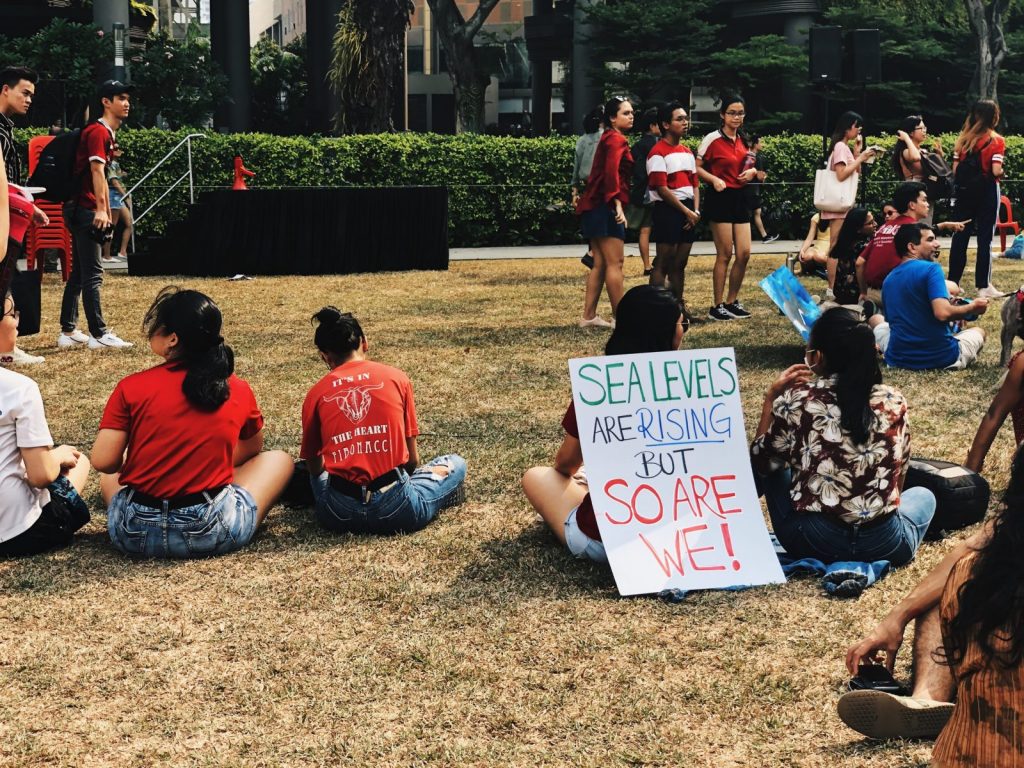
Why is it that investing in young people will make such a difference?
Because the pandemic will have lasting implications for them, however rapidly (or not) economies recover. We can’t know the full extent of these implications, but even a short exploration of how COVID-19 has changed education, labour markets, mental and physical health for young people is enough to convince me that we have a crucial window of opportunity now to make a significant difference over the lifetimes of Generation Lockdown.
Let’s start with school closures.
In 2020, 188 countries imposed countrywide school closures, affecting more than 1.6 billion children and youth. Lost schooling has both immediate impacts for mental health, nutrition and education results, and all of these can play out over lifetimes. For instance, the OECD estimates that a lost school year can lead to a lifetime income loss of 7-10%. Whether or not this school year counts as ‘lost’ depends to a large extent on digital access. Before the crisis, almost one-third of the world’s young people were already digitally excluded. How successful schooling can be over the internet depends on a range of factors: access to a computer, extent of network coverage, a home environment conducive to learning, which means everything from adequate lighting and space to parental support. For all of these reasons, this year has widened the gap between rich and poor in educational outcomes, and the divide will only increase as lost learning translates into lower earnings.
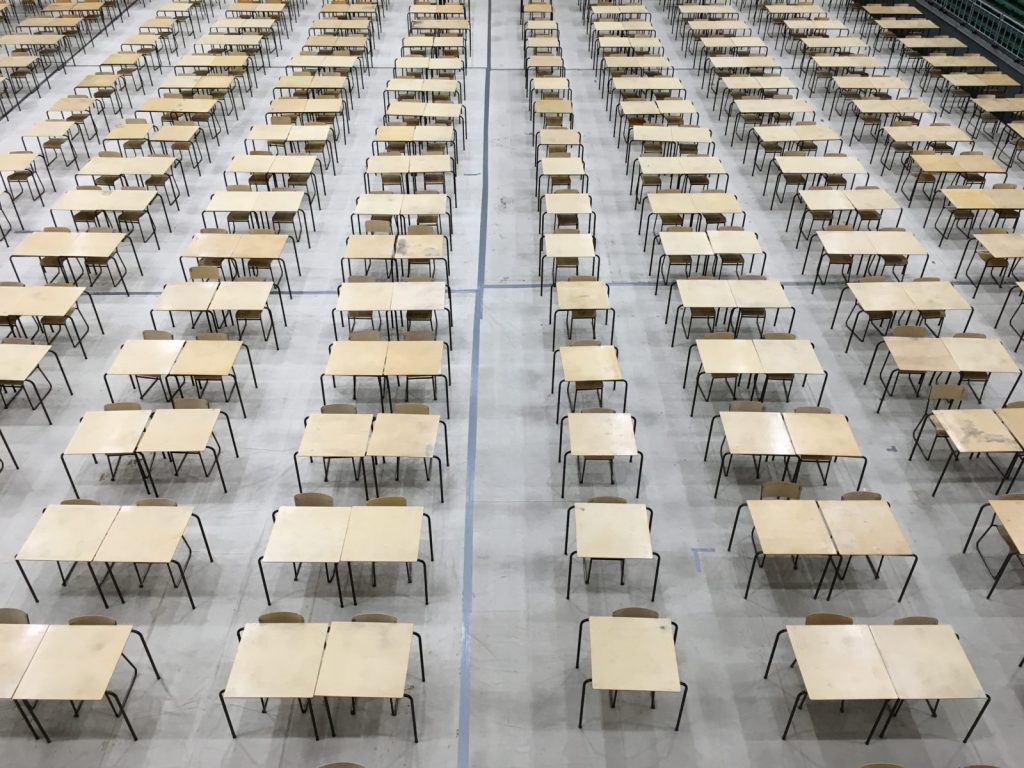
As Rosamund McNeil, Assistant General Secretary of the UK’s National Education Union argues, the virus has thrown existing inequalities into a stark light, which beg to be addressed:
“We can’t go back after Coronavirus to pretending that these inequalities in housing, heating, food, outdoor space and material security do not have an enormous impact on children’s engagement at school, all of the time.”
Improving educational outcomes across the board, and reducing the impacts of stark inequalities in decades to come, therefore means investing now in the fundamentals McNeil mentions, as well as in digital inclusion.
Young people were also the group most affected by the rise in unemployment at the beginning of the crisis. Moreover, when young people lose out on income, they fall harder, with fewer savings to support them. (Again, rich parents willing to pick up the pieces will cushion the fall for a privileged minority.) The International Labour Organization (ILO) reports a 42% reduction in income among people aged 18-29. How these people will find their way back into work depends on efforts to help them build skills at low or no cost, preferably on the job.
This raises a further question for education: what are the essential skills for a future in which we can expect ongoing advancements in technology, alongside wider shifts in human systems, to keep us asking what roles are best for people to play?
Futures thinking is one skill that can empower young people to ask this question, without feeling destabilised by it. Moreover, perhaps the assumption that continual change in one’s career could be destabilising is misplaced: young people are less wedded to the world of work’s status quo (or former norms), partly thanks to their awareness that it won’t serve their future well.
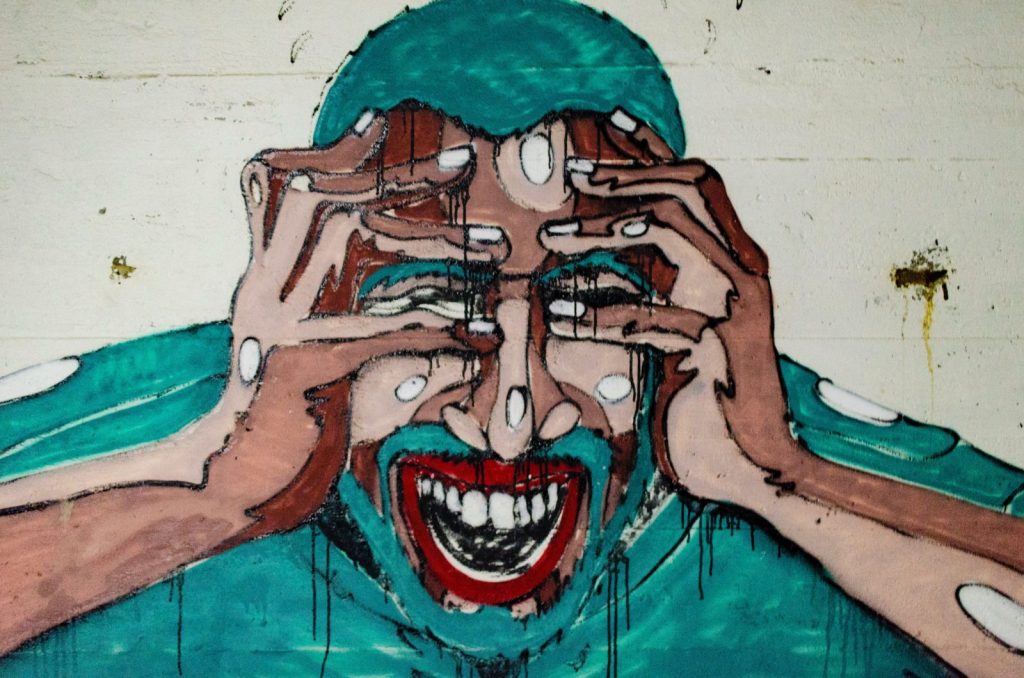
Meanwhile, there’s a risk that unemployment weighs in with impacts on mental and physical health, turning frustrations into strain, and strain into increased substance abuse or suicide.
This is not fear-mongering: a survey by the Centre for Disease Control and Prevention (CDC) found that a quarter of young adults in the US (aged 18-24) say they’ve considered suicide because of the pandemic, while symptoms of anxiety and depression were three and four times those reported in the same quarter the year before, respectively. The Belgian public health institute, Sciensano, found young people aged 18-24 and students were by far the most affected by anxiety and depression during the crisis. A UK study links the rise in anxiety to feelings of isolation, a loss of coping mechanisms or a loss of motivation.
Anxiety is compounded by threats to safety. Since the outbreak of COVID-19, online enquiries to violence prevention hotlines from children have increased by 60%, compared to the same period of the previous year in Europe, according to the World Health Organization. UNICEF names a number of factors behind increased risk for children in confinement, including increased stress on caregivers, intensified by job loss and disruption to livelihoods, and partner violence.
Loss of income combined with wider loss in GDP (a distribution effect) could increase the number of children living in poverty by up to 117 million in 2020, according to UNICEF. Expectations of a rise in child poverty stretch affect both rich and poor economies, from the US and Germany to South Asia. In low-income countries, this could see the first rise in child labour, including exploitative and hazardous jobs, after 20 years of decline, a report by the ILO cautions. The same report stresses the greater vulnerability of girls, who are subject to expanding gender inequality in the home as they take on additional domestic and agricultural work, and who face greater risks of sexual and gender-based violence.
Poor nutrition is another significant long-term risk for the next generation, with loss of income just one factor behind it.
Others include loss of livelihoods affecting food production, the impacts of lockdown measures and closed borders on food supply chains, the diversion of funds and human resources away from food aid and nutrition services, and the loss of access to meals at school.
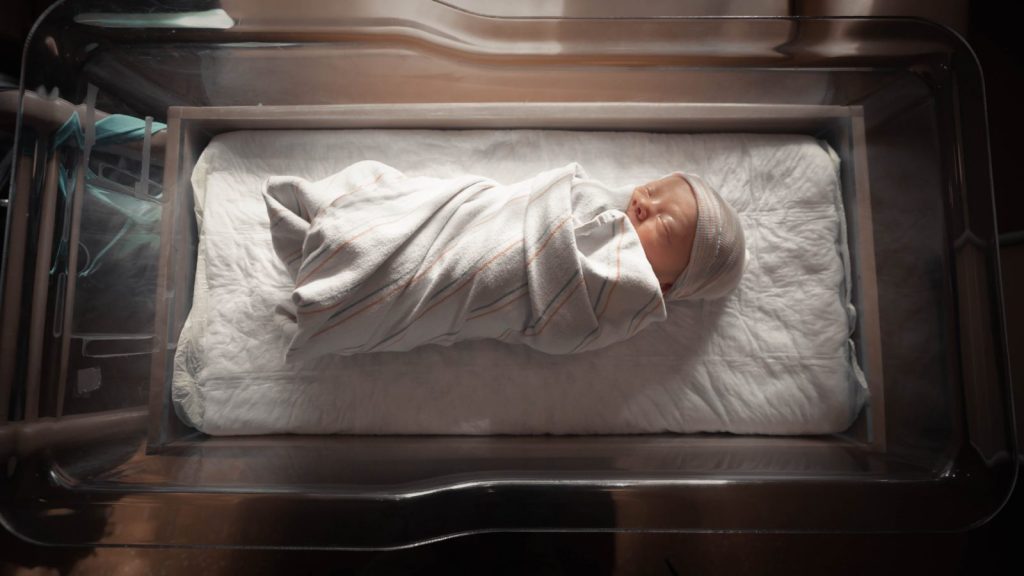
UNICEF country offices reported a 30% decline in overall coverage of services to improve nutrition outcomes for women and children in the early months of the pandemic, and reductions of 75 to 100% under lockdown. A study published in the Lancet looked at the impact of reductions in routine maternal and child health interventions on 118 low and middle-income countries, and found an additional 1.2 million under-five deaths could occur in just six months. While the services may recover, nutritional impacts play out over a lifetime.
The reduction in essential health services also means that infants will miss out on crucial vaccines, which could affect 80 million children in at least 68 countries. The WHO and UNICEF warn that we could see a reduction in DTP3 coverage for the first time in 28 years, while an additional 124,000 children could be infected with HIV if prevention services are disrupted for six months. Suffice to say, the cost to future economies and health services of malnutrition and increased infections as a result of poor nutrition and missed vaccines will be greater than the cost of investing in preventative measures today.
In 2019, the US National Academies of Sciences, Engineering, and Medicine published a prescient report: A Roadmap to Reducing Child Poverty, garnering a wealth of evidence to argue that even limited periods of poverty cause lifetime harm for children and wider society, but that subsidising the incomes of poor families makes a significant difference to their health, education and income as adults. Also last year, the Democrats proposed the American Family Act, to transform the current Child Tax Credit, which only benefits families with significant earnings, into a child allowance. A social policy research team at Columbia University found that this would cut child poverty for Black (non-Hispanic) children by 52%, for Hispanic children by 41%, and for White children by 36%. Canada had 334,000 fewer children living in poverty in 2018 than there were in 2015, reportedly thanks to its Child Benefit.
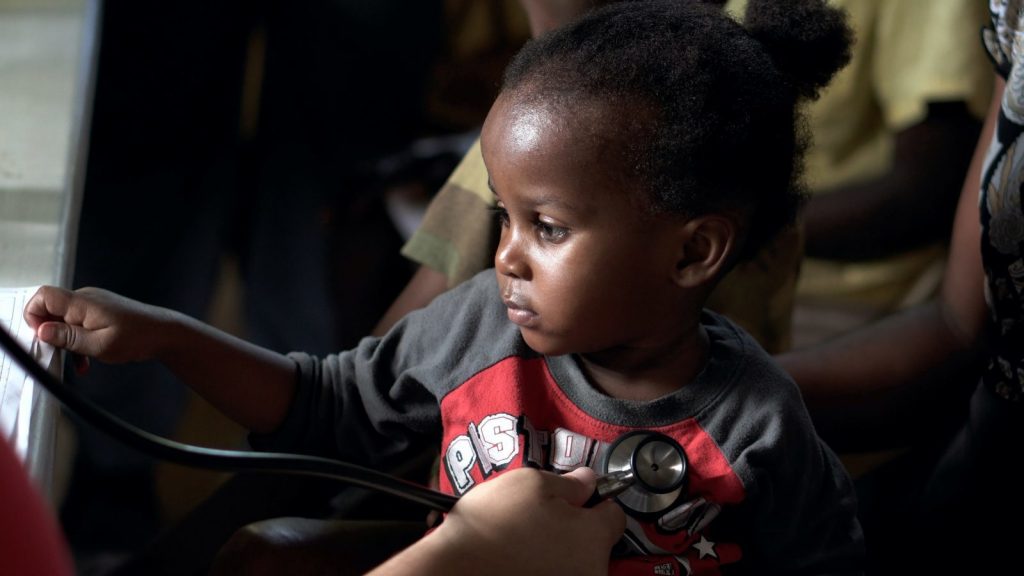
As well as subsidising children, we need to invest in their skills, enhance their capacity to contribute where future societies will most need their help.
Two presidents of the International Federation of Medical Students Associations published a blog in the British Medical Journal arguing that
“the COVID-19 pandemic should elicit a global call to action to appreciate, protect, support the next generation of healthcare professionals [and serve as] another reminder for countries to rethink their approach to health workforce problems.”
Not only can the next generation serve future societies: they can lead – and their leadership should be taken seriously from today. Melanie Pinet of the ODI calls for the inclusion of young people in co-designing age- and gender-sensitive humanitarian programmes that recognise their role as agents of change. To support this, she says priorities for recovery should include increasing digital inclusion, through supporting free mobile platforms such as UNICEF U-report, and increasing access to energy, such as through portable solar.
Youth leadership also depends on our ability to establish trusting relationships across generations, and between individuals and institutions.
Young people are already working to design these relationships, for instance through the Finnish National Youth Council’s ‘7 goals to keep young people involved’, which aim to support the youth sector through health services, training and employment support.
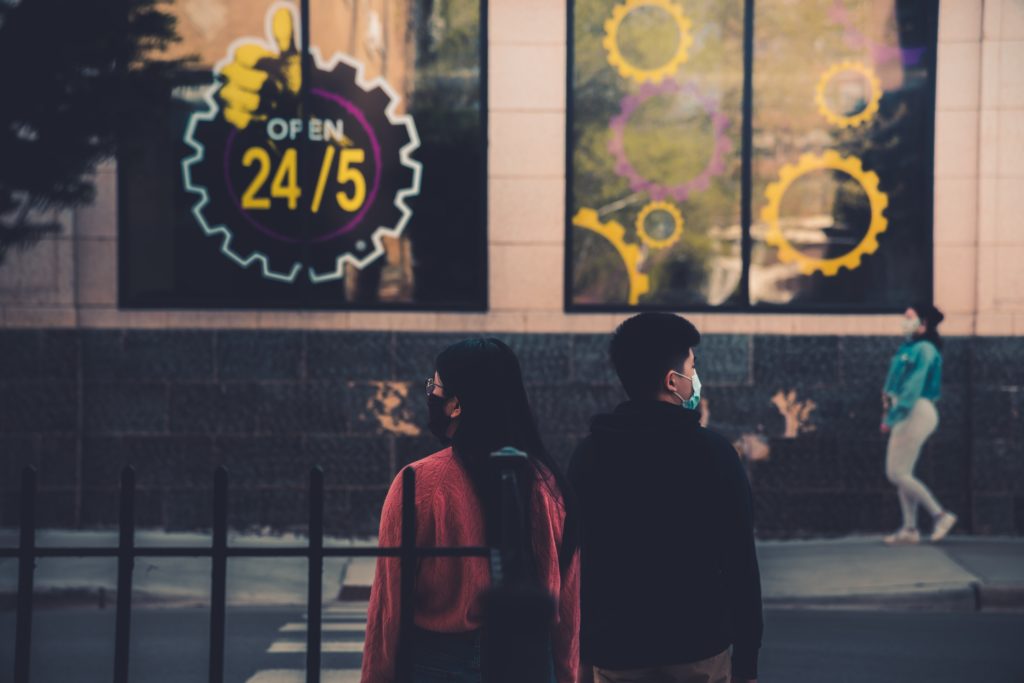
The OECD envisions young people acting as a “connective tissue” in public institutions and decision-making, “to bridge short-term concerns and long-term objectives and build more fair and inclusive policy outcomes and societal resilience”.
What can we do now to invest in these bridges? How can we support young lives to find their feet again today, so they can build tomorrow’s regenerative societies?

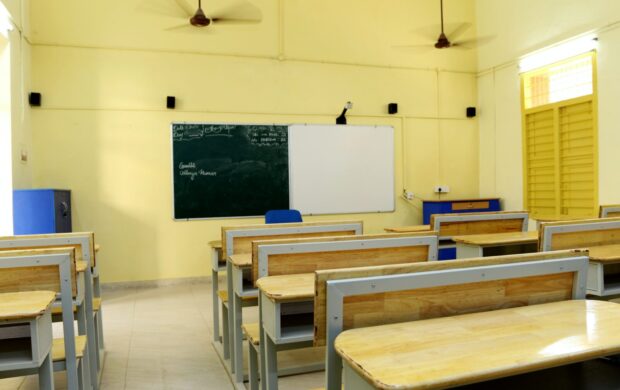
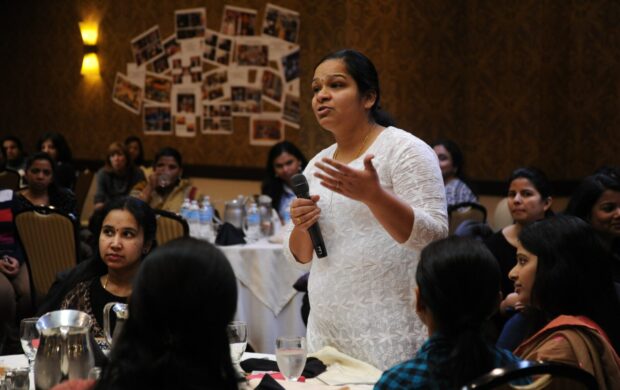

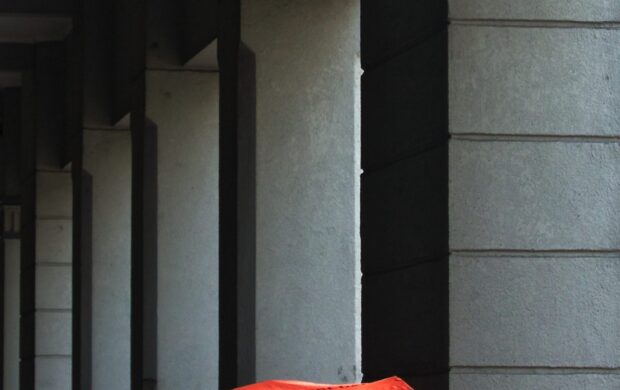





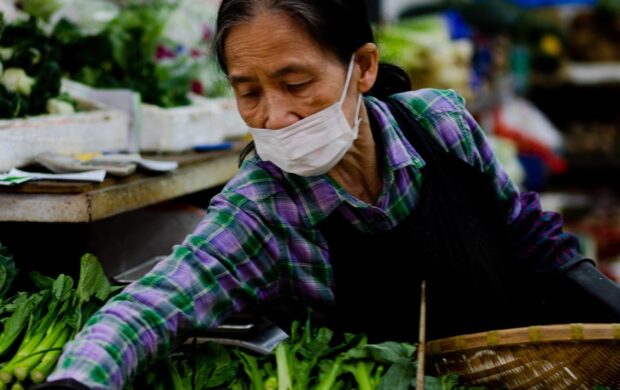





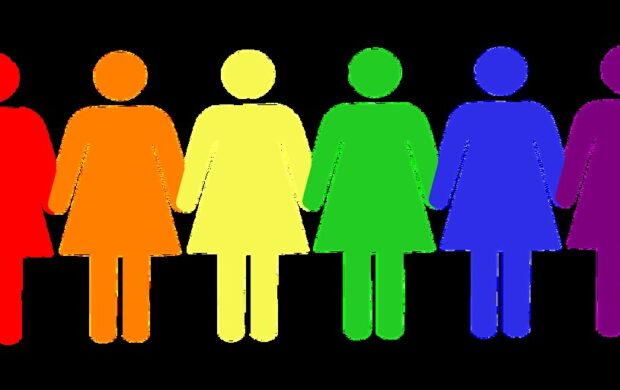





Agree with most of the above. However, it’s important to recognise that the picture isn’t all doom and gloom. The pandemic has catalysed significant investment into digital start-ups that are creating tools that can help mitigate some of the issues above. Though, pre-pandemic, some universities and colleges had been pro-active in evolving their operations to utilise the emerging opportunities presented by digital, many had not. The pandemic has forced all learning institutions to explore digital risks and opportunities in far greater detail, and at speed. The virtues are multi-faced, and include progress on developing courses with far greater demographic and geographic accessibility. So too have schools. The bandwidth of possible environmental and social trajectories anticipated for this century make clear that this pandemic is likely the first of many disruptive events that will necessitate shifts in people’s movements and activities, be that locally or globally, i.e. mass migration due to climate change and heightened conflict. In that sense, the pandemic is one of an inter-related series of events that, over-time, will change some aspects of how education, and other societal functions operate. Children and the young have one advantage that many older citizens do not, which is the fact that they haven’t become creatures of habitats that no longer serve them or society. The young individuals discussed above recognise that theirs is the agency to reject out-dated ideas, and to critique all such ideas, institutions, and indeed individuals that do not work to make the current and future world a better place. Though there are many ways that older generations can help the young, perhaps, fundamentally, the foremost important way is to share our every insight on how to avoid the mistakes we made, and that our ancestors made, and with that, to give them the practical tools to nurture and grow their ideas, their confidence, their skills, and their voices.
Great points, Melissa – particularly that the pandemic is just one disruption among many, and that the changes educational institutions are making to adapt to it are very necessary, and just a beginning.
I also agree that the young have a head-start in adaptability (by virtue of not being already entrenched in old systems), and so while it’s important that we share our insights on how to avoid our mistakes, it’s also important that we learn from them and empower them as leaders.